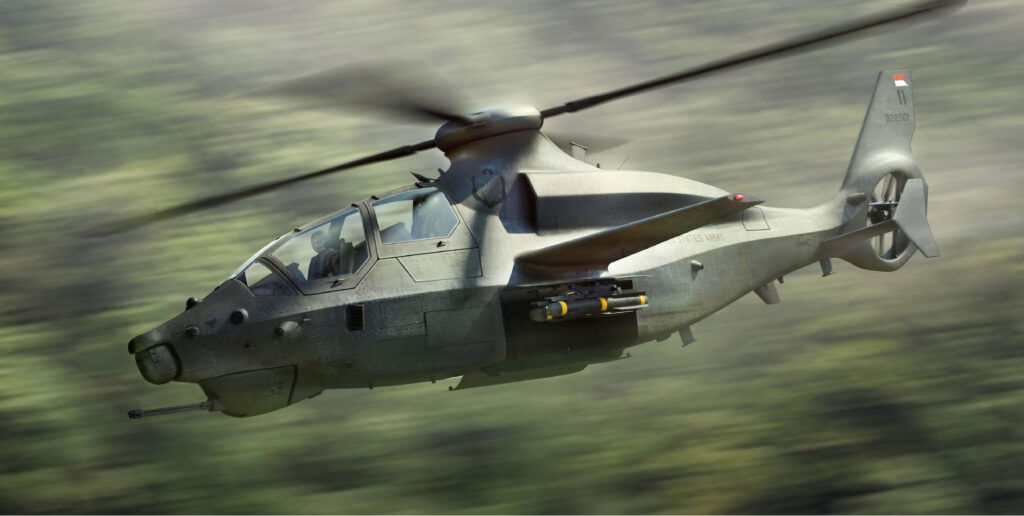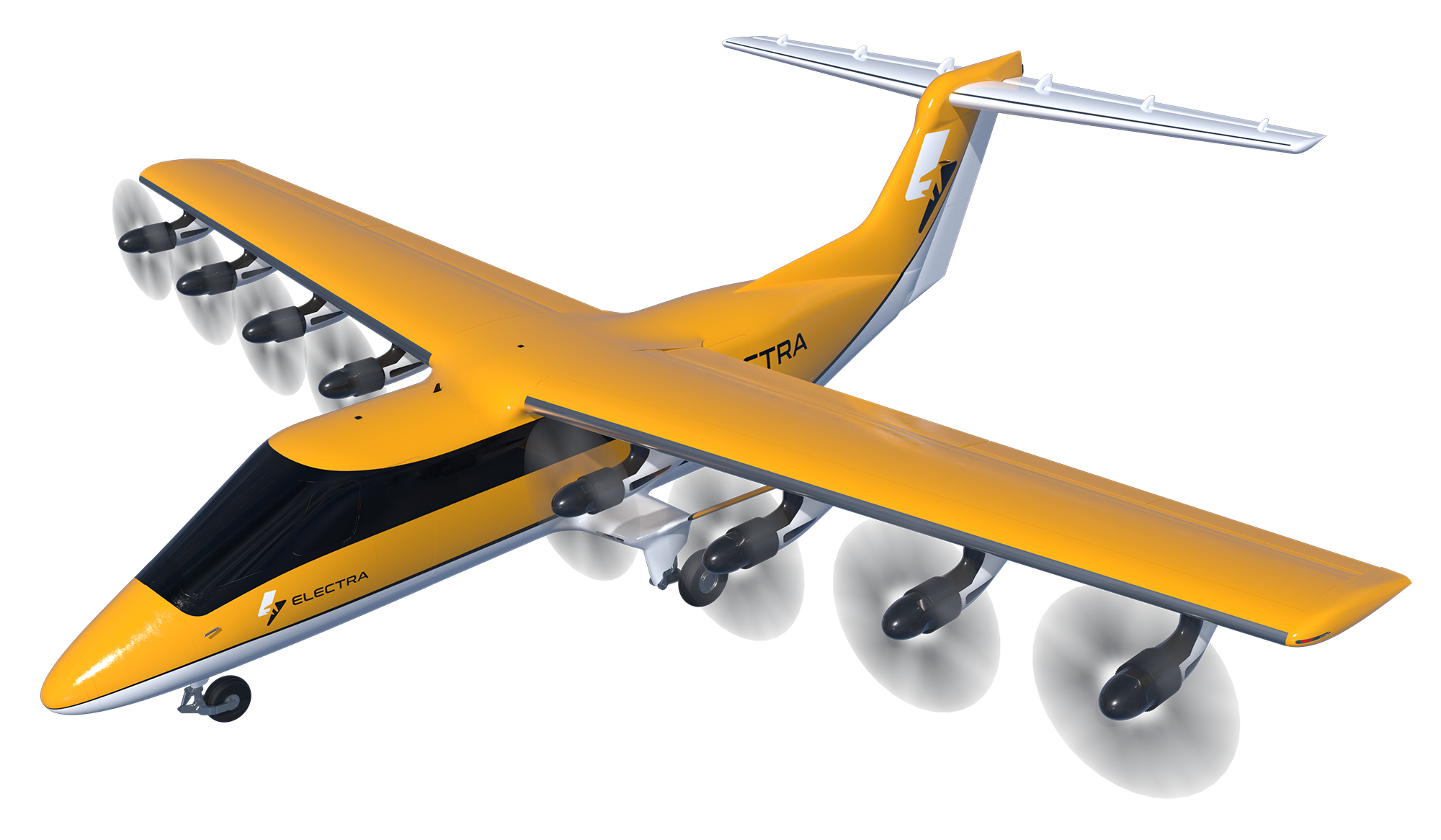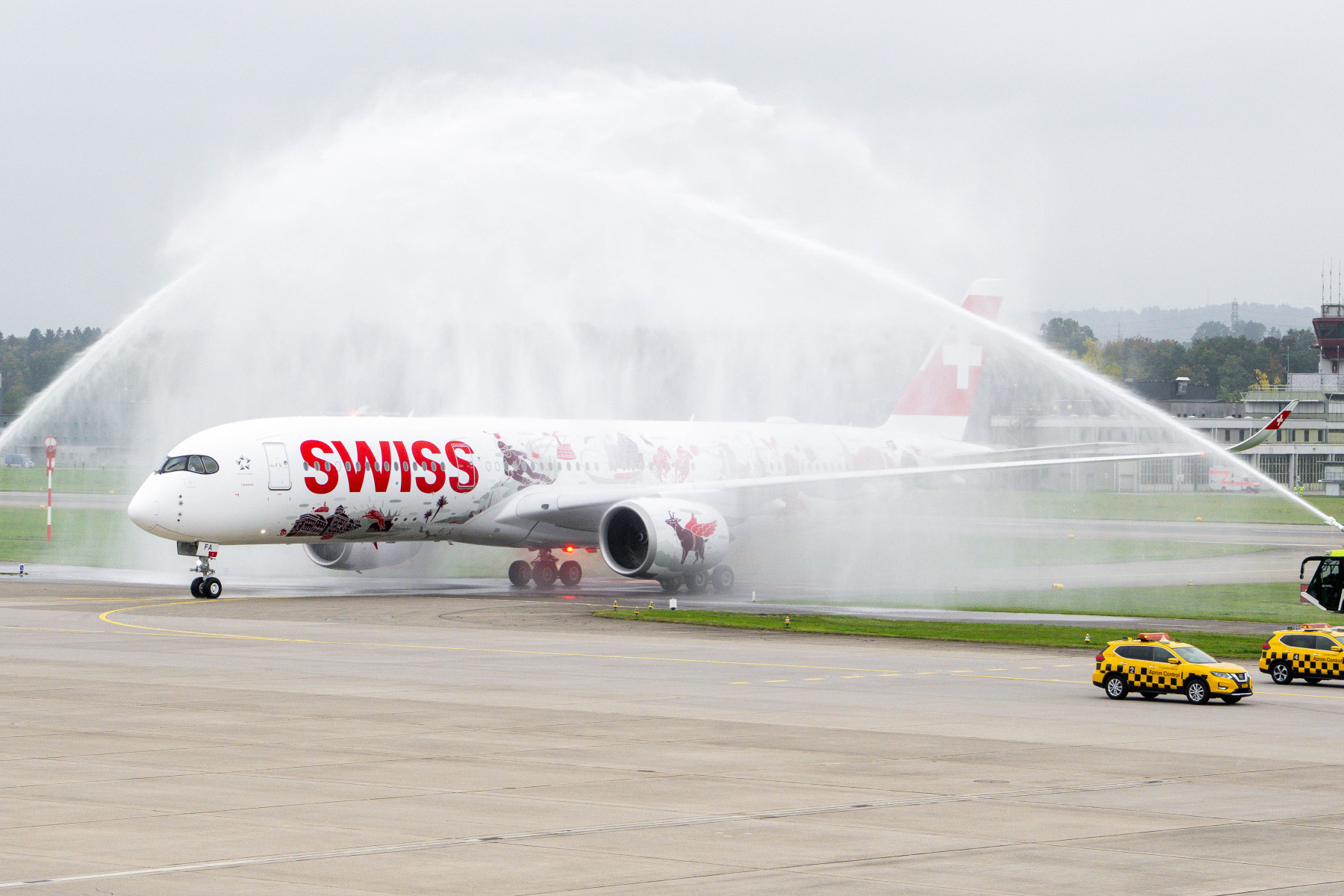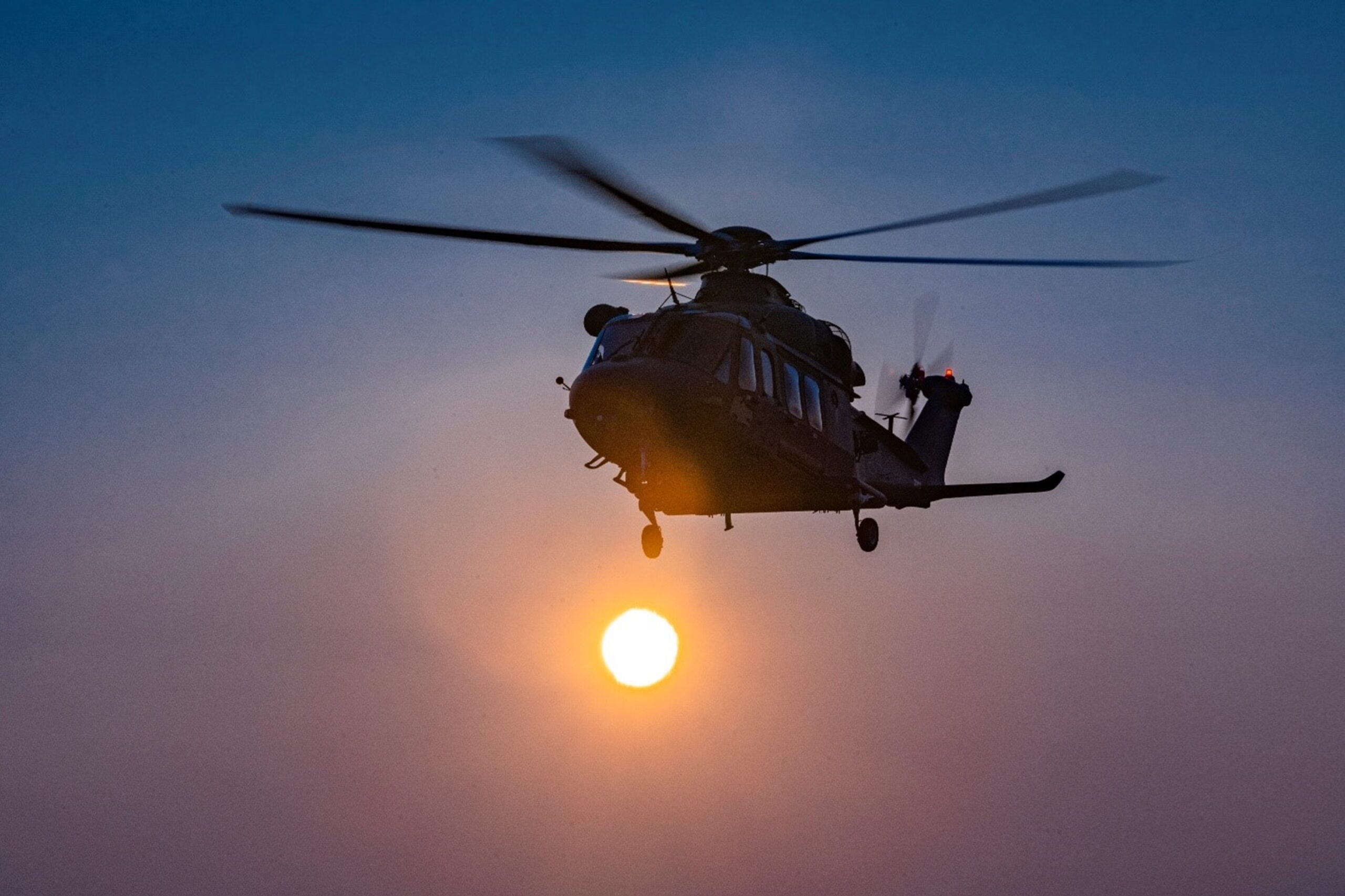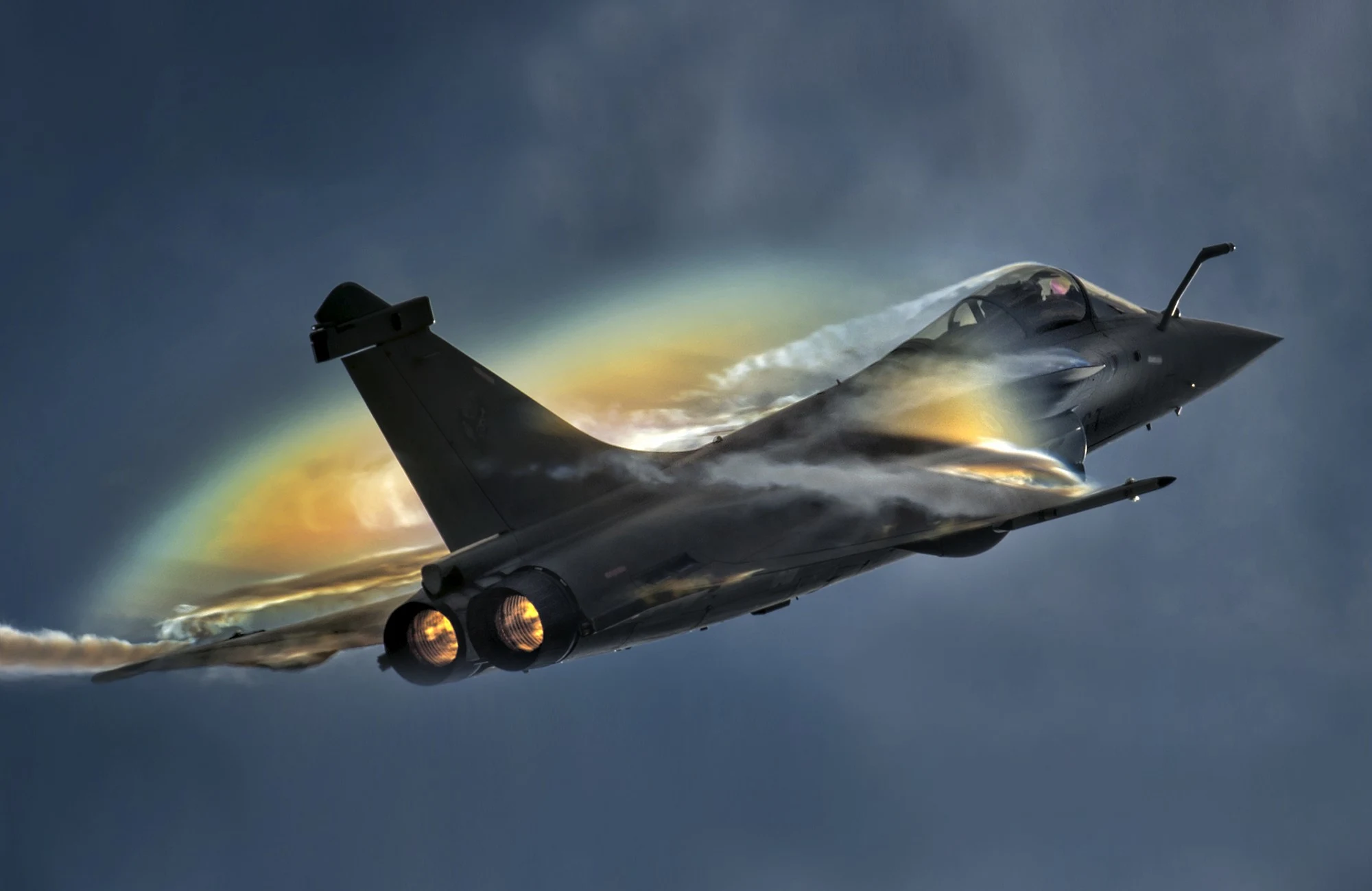FVL Future Vertical Lift was an unprecedented program for the Pentagon, an ambitious undertaking aimed at creating a new family of next-generation helicopters, capable of replacing the currently operational aircraft that had become obsolete after decades of service.
The new designs were to share common hardware, sensors, avionics, engines, and countermeasures equipment, which were standardized across all models. Another requirement the U.S. military had to ensure the highest degree of air supremacy for the country and its allies was the incorporation of the open architecture concept into the program, ensuring that the systems were flexible enough to implement future technological advances.
The FVL is not a recent project; the US Department of Defense launched it in 2004. At that time, it was called the JMR Joint Multirole Rotorcraft, and later adopted its current name in 2008. Over time, the creation of a new generation of military helicopters became essential due to the need to replace the vast majority of those still in service today after decades of numerous upgrades, which, despite having received numerous updates, have become obsolete in the face of new global challenges and different future scenarios.
The UH-60 Black Hawk, AH-64 Apache, CH-47 Chinook, and OH-58 Kiowa will be replaced by the new vertical takeoff aircraft.
The Chosen One
BELL V280 Valor
Convertiplane or tiltrotor aircraft based on the tiltrotor technology of the V22 Osprey.
It reaches a cruising speed of 520 km/h (328 mph) with a maximum range of 3,900 km (900 mph for combat maneuvers). In addition to a crew of four, the V280 is capable of carrying an additional 14 passengers or 4,500 kilos of cargo depending on the chosen configuration. When equipped with weapons, the Valor also has the necessary agility to act as an assault aircraft.
His opponents
SIKORSKI SB1 Defiant
The Sikorsky–Boeing SB-1 Defiant (SB
It is designed to reach a cruising speed of 460 km/h (288 mph), but its range is limited by the use of the “old” T55 engine. A new engine, the Future Turbine (FATE), will increase its range to the level required by the 424 program.1 Compared to conventional helicopters, the coaxial rotors, inspired by the system of the Russian manufacturer Kamov, and the tractor propeller offer an increase in speed of 342 km/h (210 mph), a 60% longer combat radius, and a 50% improvement in performance in high-altitude and high-temperature environments.
Sikorsky Aircraft describes that the X2 design is not designed for the transport of large loads, and suggests for that task the CH-53K, which is a heavy helicopter and convertible
AVX
El fabricante de aeronaves AVX contempla para la futura flota de aeronaves del programa fabricarlos a un precio atractivo. El AVX 3 tiene puertas de entrada a ambos lados del fuselaje, así como una gran rampa trasera para facilitar el manejo de la carga. Además, tiene tren de aterrizaje retráctil y la variante de ataque lleva todo el armamento albergdo en el interior hasta su utilización, lo que proporciona un diseño aerodinámico «limpio». Destacan sus especificaciones en cuanto a capacidad de carga útil, disponibilidad de la rampa trasera, velocidad de avance, rendimiento de despegue/aterrizaje y sencillez en mantenimiento. El AVX FLRAA utiliza el motor ITEP.
KAREM
Karem Aircraft, a company founded by Abe Karem in 2004, participates in the U.S. Army’s Joint Multipurpose Technology Demonstration (JMR TD) program. Karem’s other recent contributions include work on various programs such as DARPA’s VTOL X-Plane (VXP) and the DoD’s Joint Heavy Lift (JHL) and Joint Future Theater Lift (JFTL) projects.
